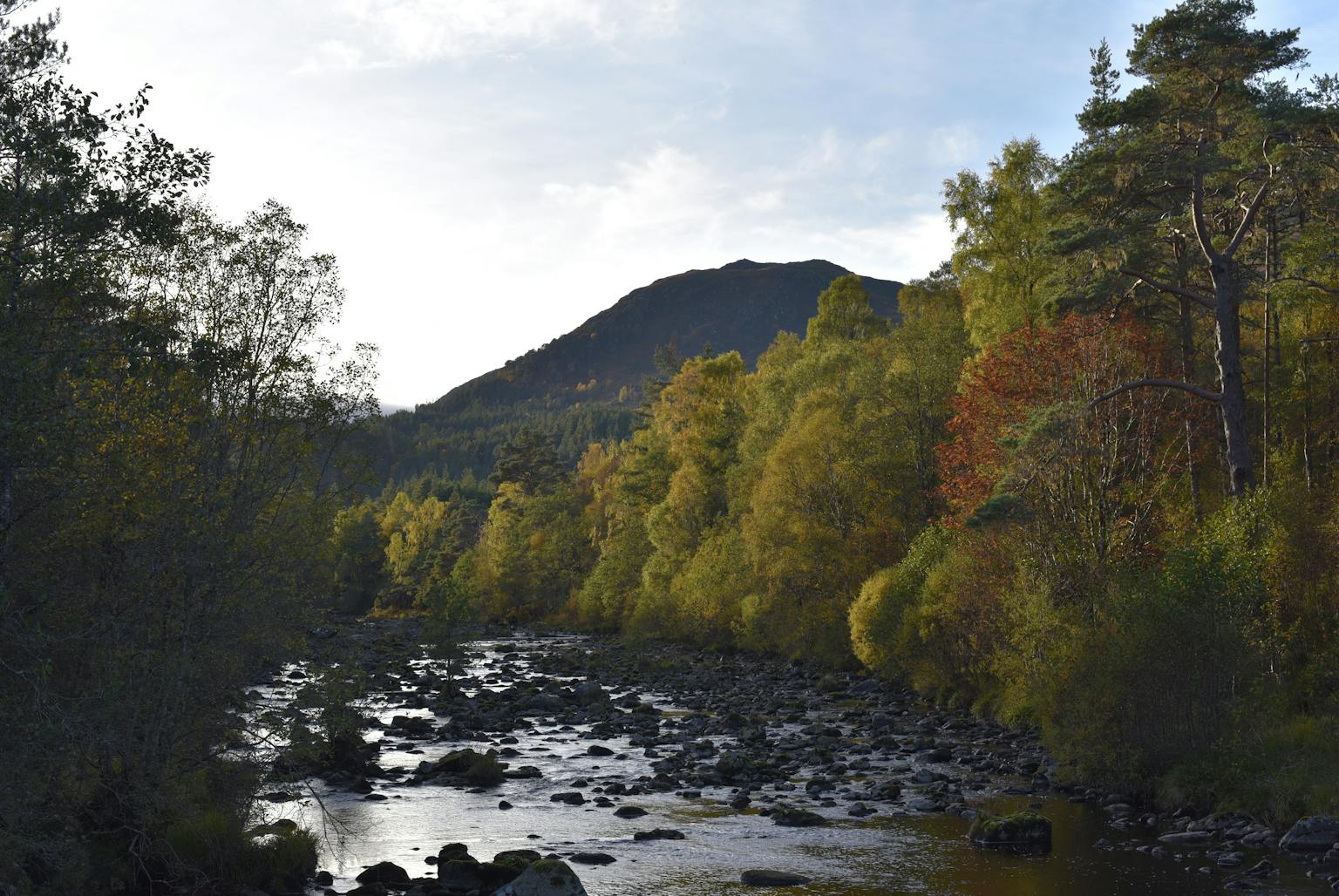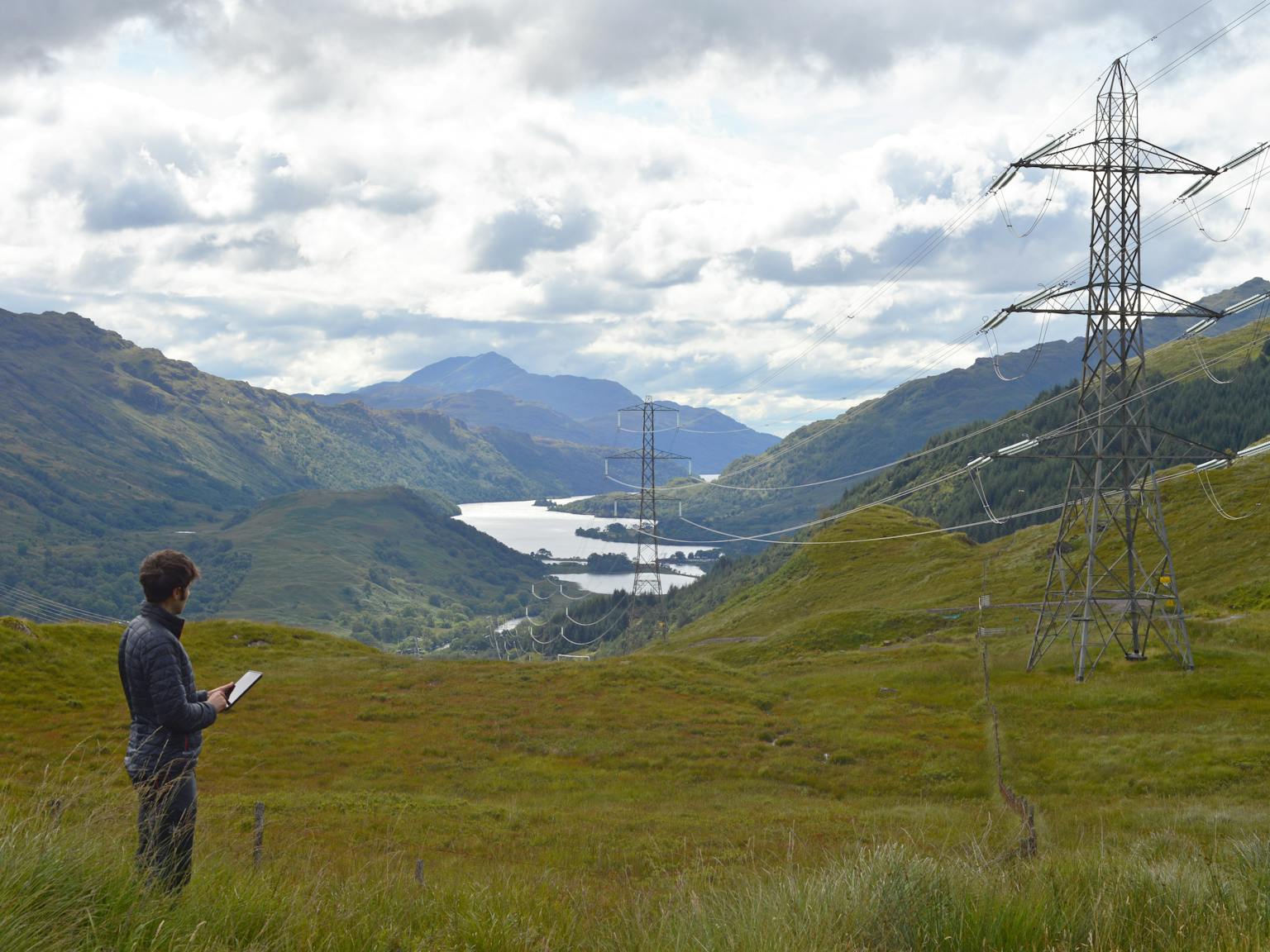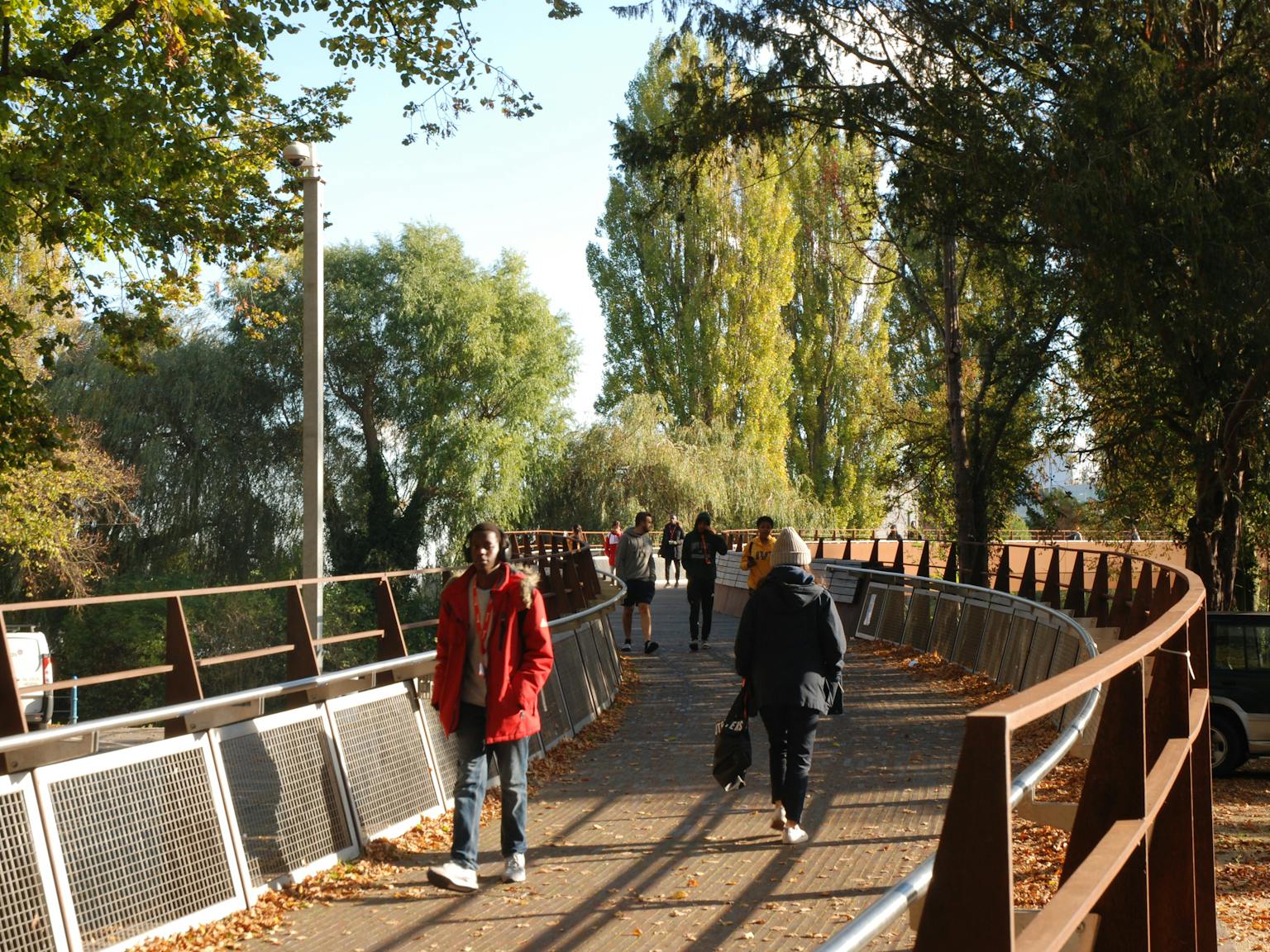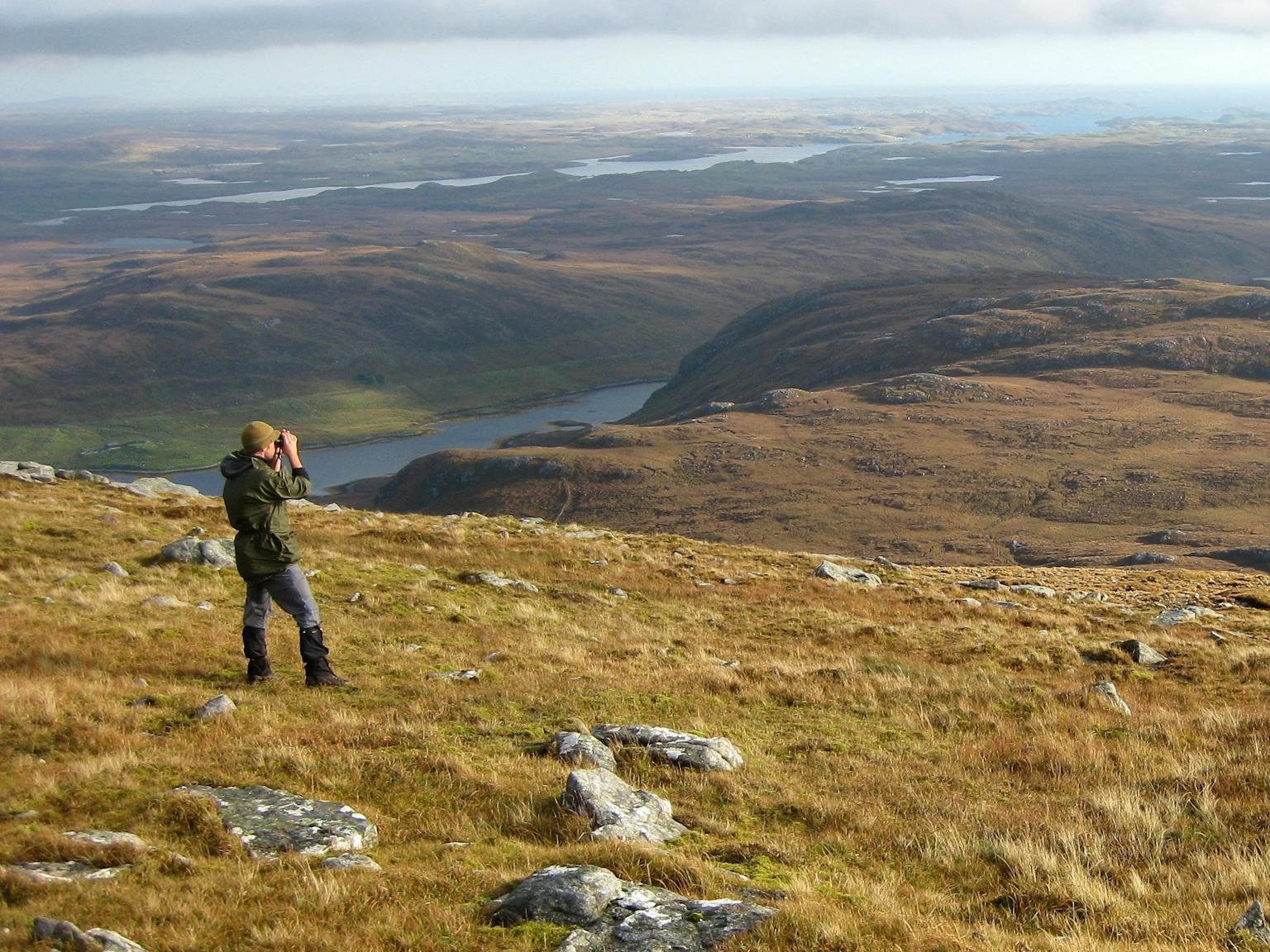
‘Valued landscapes’ in the new draft revised NPPF
Has the draft NPPF clarified the position on ‘valued landscapes’?
The phrase ‘valued landscape’ was introduced in the National Planning Policy Framework (NPPF) in 2012 and since then many hours of inquiry time have been given over to debating whether a development site is, or is part of, a ‘valued landscape’ or not.
The ‘Stroud’ Appeal decision in 2014 was the first time ‘valued landscape’ (in relation to the NPPF) was defined. In his decision, the Inspector acknowledged that there was no agreed definition of ‘valued’ as used in the NPPF at that time, and that in the absence of any formal guidance he considered that to be ‘valued’ would require the site to show some demonstrable physical attribute rather than just popularity. This has since become the standard test to judge if a site is a ‘valued landscape’.
The new consultation draft of the NPPF retains the reference to ‘valued landscapes’.
So, in light of this history, has the new draft version of the NPPF clarified the position on ‘valued landscape’ or provided guidance on how to assess whether a site or area is part of a ‘valued landscape’?
It is clearer, but not unequivocal…
The NPPF consultation draft does try to expand on the meaning of ‘valued landscape’ (additions in bold):
“Planning policies and decisions should contribute to and enhance the natural and local environment by… protecting and enhancing valued landscapes, sites of geological value and soils (in a manner commensurate with their statutory status or identified quality)”.
The additional text indicates that land within statutory landscape designations (such as National Parks and AONBs) should be regarded as of the greatest value, but the value of non-designated landscapes will no doubt still be hotly debated. It also opens a new discussion around ‘identified qualities’, as this is a new term that is not currently defined in guidance.
Nevertheless, in the absence of any further guidance at this stage, we can assume that the aim is to understand the value of landscapes (recognised by designation, or in the case of non-designated landscapes their identified qualities or valued attributes), as well as how a proposal would affect these attributes/qualities.
Does the draft NPPF confirm whether a valued landscape can override the presumption in favour of sustainable development?
Another issue with the current NPPF is whether a site that is judged to be, or is judged to be part of, a ‘valued landscape’ can override the presumption in favour of sustainable development.
This has been clarified in the consultation draft by setting out policies that can restrict development as a clear list rather than a non exhaustive list of ‘examples’. The landscape-related policies set out in the list include those referring to Areas of Outstanding Natural Beauty, National Parks (or the Broads) and Heritage Coast.
The implication of this is that even if a site is proven to be part of a ‘valued landscape’, it will not be enough to override the presumption in favour of sustainable development unless it is also part of an AONB, National Park or Heritage Coast and the proposal can be shown to fail to protect those areas. It still stands, however, that an adverse landscape impact of a development can significantly and demonstrably outweigh the benefits, when assessed against the policies in the Framework taken as a whole.
For more information on landscape, townscape and visual impact assessment speak to Rebecca Knight.










